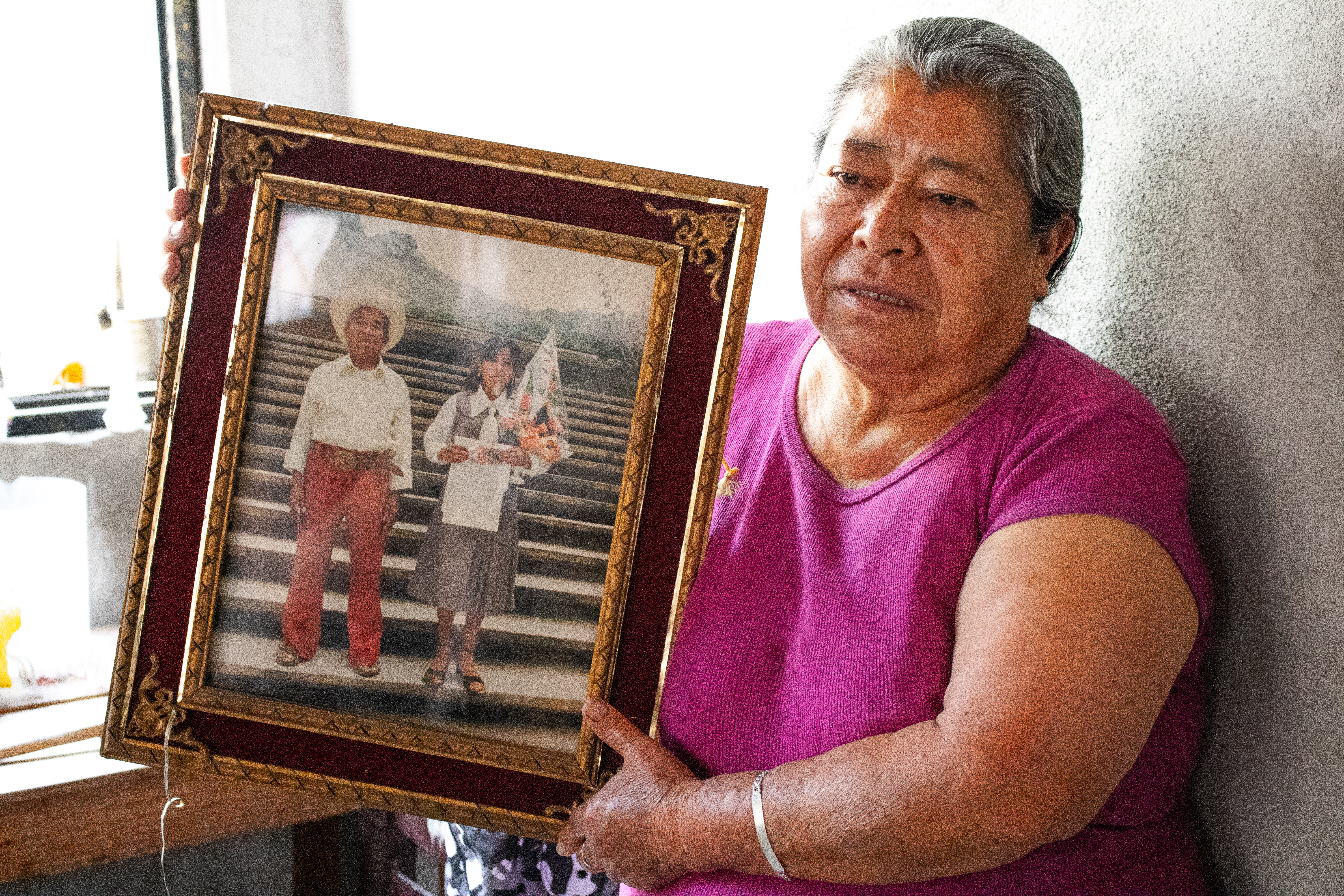Tracing maize landraces, 50 years later
- From
-
Published on
22.05.19
- Impact Area

The fascinating diversity of maize in Mexico is rooted in its cultural and biological legacy as the center of origin of maize. Landraces, which are maize varieties that have been cultivated and subjected to selection by farmers for generations, retaining a distinct identity and lacking formal crop improvement, provide the basis of this diversity.
As with any cultural legacy, the cultivation of maize landraces can be lost with the passage of time as farmers adapt to changing markets and generational shifts take place.
Doctoral candidate Denisse McLean-Rodríguez, from the Sant’Anna School of Advanced Studies in Italy, and researchers from the International Maize and Wheat Improvement Center (CIMMYT) have undertaken a new study that traces the conservation and abandonment of maize landraces over the last 50 years in Morelos, Mexico’s second smallest state.
Related news
-

From Dirt to Decision-Making: Governance and Soil Health Must Go Hand in Hand
Multifunctional Landscapes Science Program26.11.25-
Biodiversity
-
Environmental health
-
Environmental health & biodiversity
In October, the world convened in Des Moines for the 2025 Borlaug Dialogue under the…
Read more -
-

CGIAR Multifunctional Landscapes at COP30: Advancing Adaptation and Nature-Based Solutions
Multifunctional Landscapes Science Program10.11.25-
Adaptation
-
Biodiversity
-
Environmental health
-
Environmental health & biodiversity
-
Mitigation
COP30 in Belém, Brazil is being heralded as a pivotal “COP of adaptation” and a…
Read more -
-

SOILutions for Security: CGIAR at the 2025 Borlaug Dialogue
Multifunctional Landscapes Science Program22.10.25-
Biodiversity
-
Environmental health
-
Environmental health & biodiversity
-
Food security
-
Nutrition
From October 21–23, CGIAR will join global partners in Des Moines, Iowa for the 2025…
Read more -
